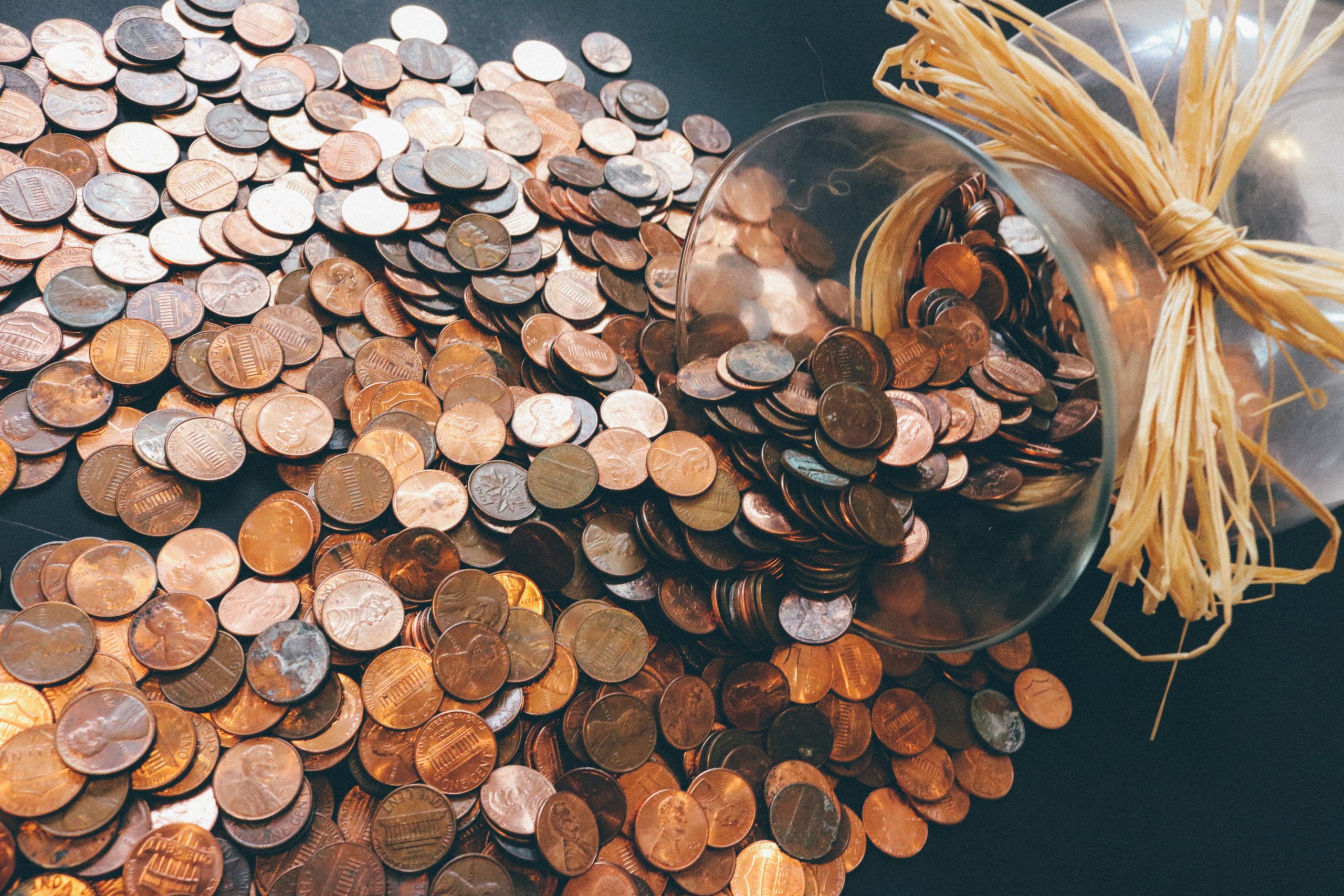
We all know the fundamentals to doing better with our money;
-
- Creating a budget and living by it
- Spending less then we earn
- Investing for our futures
While these 3 items may be obvious, the tricky part is put them into consistent practice with action.
The first step to action is identifying what we want to do, that would be our 3 fundamentals. Check.
The second step is to understand the challenges to accomplishing our goals. These obstacles are what usually prevent us from attaining success and often prevent us from even starting. We like easy. We don’t like change. And let’s face it, we all deserve that Starbucks coffee after that marathon meeting. So thankfully, I’m not talking about a major money intervention here, for most of us, we can all do better by changing our mindset slightly and developing better financial habits that will pay off.
Let’s get started!
1. Pay yourself first
We’ve all heard this one for years. No voodoo here, just simply set up a recurring amount monthly to be transferred to a savings account. Start small, even $25 a pay check just for proof of concept. The point here is that you set aside money before you start spending, so you don’t have it to spend. At one time I struggled to prioritize my savings, once I scheduled auto transfers I soon sorted to see how even a little could add up. At the end of the year I took that money and invested into an investment that reduced my tax burden. It became the triple threat. More savings, a long term investment and reduced taxes!
The goal is to automatically save, without thinking about it. It was easy was to become comfortable to do with a little less and felt great that I was creating a nest egg of savings.
Do it. It works.
2. Track your monthly spending, manually
Yes, I know. There are all those great apps that can do this for you. Budget Baker, Mint, YNAB, Personal Capital, the list goes on. And they are all excellent. To really feel where your money is going when you spend it, carry a notebook and a pen and every time you whip out your card jot down how much you spend and on what. Not only will you likely surprise yourself with how easily you tap the plastic, the frequency in which the card comes out may stagger you. Personally, I was stunned. The value of doing this exercise by hand is that it is tedious and really opens your eyes to where your hard earned money is going.
If you care about your cash, try this exercise for a couple of weeks.
3. Cart Delay
It has become way too easy to shop now. We can do it on our phones, in our PJ’s or during a break at work (or even all three at once for us remote workers). And impulse shopping feels so good. Bad day? Need a dopamine rush? Sephora to the rescue.
Cart Delay is simple. I fill my online cart but don’t hit Buy until 48 hours later. If after 48 hours I still feel strongly about it (and I can afford it) then I finish the transaction.
I, like many of you, had an online shopping weakness. When I implemented Cart-Delay, it really helped me dial back my spending. Much of what I purchased in the past was so far off the ‘need to have list’ that the process of Cart Delay became one of the biggest contributors to my no spend regiment. It also drastically reduced the amount of stuff that I brought into my home.
4. Educate Yourself
Learn about money. Once a week listen to a podcast, read a blog article or if you’re really motivated pick up a personal finance book. There are so many resources that are so easily accessed, you can easily build a knowledge base that will help you more effectively handle your cash.
My husband has several personal finance blogs that he follows religiously. The writers all have a personally style that speaks to him and has motivated him to turbo charge our savings. We haven’t tried all the tips that others have (eating ramen seven days a week to save money is not in our future) but so many tricks that we have put into play have changed the course of our savings journey.
5. Schedule a Monthly Review
The first Sunday of every month we spend an hour reviewing our finances. This was my idea as I’m not quite as interested in educating myself on all things financial as my husband is, but I know how important it is.
So we have a standing Outlook calendar invite, in our schedules to do a monthly check in on;
- Our monthly spending. How did we do vs. our budget, where did we have success and where were our challenges? How can we help each other get through those difficult spending changes?
- Reviewing our long & short term goals. Even though it is way in the future, we have been talking a lot about retirement lately. What do we want it to look like and how much do we think it will cost. It’s never too soon to start mapping out your plan. The wonders of compounding savings can really motivate you to do a little more each month!
- Menial and random financial housekeeping. Paying bills, changing or cancelling subscriptions and attending to the more tedious tasks. These are the small things but are important and can add up.
6. Do a Zero Spend Month
Ok. This one is not for the faint of heart and I actually don’t recommend it until you you have the other 5 action items nailed down consistently.
This is the nuclear option and is an amazing way to reset your spending behaviours and really make a big impact on your saving skills. Pick a month (or a week even!) that you only spend on the necessities. Food, rent, and fixed bills. No Starbucks. No Amazon. It’s best to choose a period when you will be working late, it’s going to be rainy or cold or there is not a lot going on in your social world. Plan some zero cost fun. Walks in the park (make your coffee at home), read a book or binge on Dexter.
To set yourself up for success, plan on what you will and won’t spend. Make a list & tape it to the fridge. The only dopamine fix you will get is that big green check mark on the calendar every time you successfully conquer a zero spend day. The key to making through is to not blow all your savings on a reward (drinks are on me!) at the end of the challenge.
You Can Do This!
The biggest obstacle to crushing your savings goals is bad habits. Create some realistic expectations for yourself; pick one of these action items to start and add another one each month and ease into it. If you fail, start over. Once you start to see a shift from spending into savings and see the results pile up you will be on your way to a better future!



